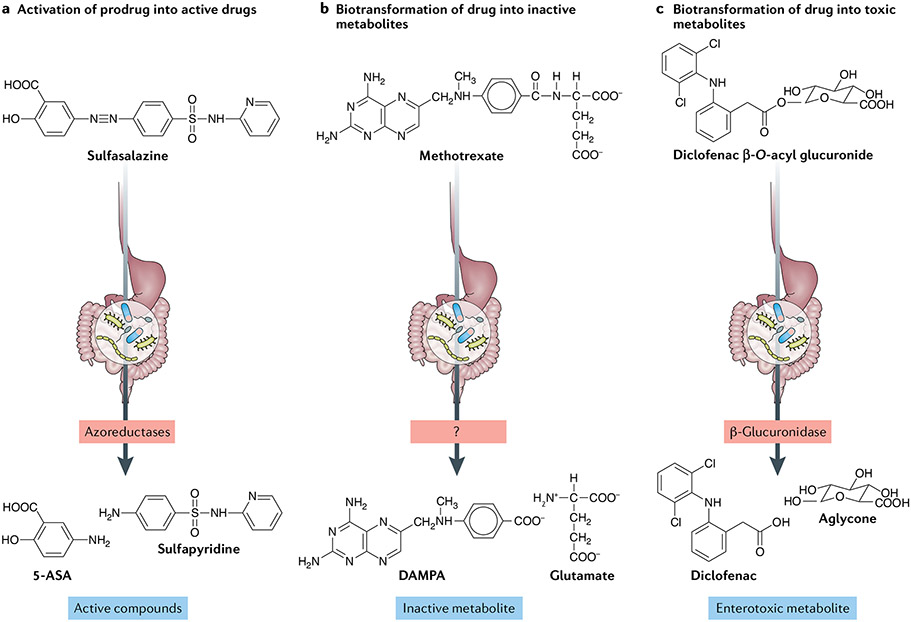Fig. 2 ∣. Mechanisms of gut microbiome modulation of anti-rheumatic drug disposition and response.
The microbial metabolism of anti-rheumatic drugs can lead to their activation or inactivation, or result in the production of toxic compounds. a ∣ Activation is the conversion of a prodrug into its bioactive form, thus contributing to therapeutic concentrations. For example, biotransformation of sulfasalazine produces 5-aminosalicylic acid (5-ASA) and sulfapyridine (the active form of the prodrug in rheumatoid arthritis), b ∣ Inactivation is the conversion of an active metabolite into a less bioactive metabolite. For example, methotrexate is converted into 2,4-diamino-N10-methylpteroic acid (DAMPA) through the action of an (as yet uncharacterized) microbial enzyme. c ∣ Toxicity results from the production of bacterial metabolites that are deleterious to the host, for example, through the hydrolysis of glucuronidated NSAIDs.

